AI and Wildlife Monitoring: Safeguarding Endangered Species with Technology
As the world grapples with the alarming decline of wildlife populations, technology has emerged as a powerful ally in the fight to protect endangered species. Artificial Intelligence (AI) has proven to be a game-changer in wildlife monitoring, revolutionizing the way conservationists gather data and make informed decisions.
AI, combined with advanced camera and sensor technologies, enables the development of sophisticated monitoring systems that can detect and identify wildlife species with remarkable accuracy. These systems allow researchers and conservationists to collect vast amounts of data on animal behavior, population trends, and habitat conditions in real-time.
With AI-powered monitoring systems, endangered species can be tracked more effectively, enabling conservationists to respond promptly to threats such as poaching, habitat destruction, and climate change. By analyzing the collected data, AI algorithms can identify patterns and anomalies, providing valuable insights into the challenges faced by endangered wildlife.
Furthermore, AI can help bridge the gap in human resources by automating tasks such as species identification, data analysis, and monitoring. This frees up valuable time and resources for conservationists, allowing them to focus on developing and implementing effective conservation strategies.
In this article, we will explore the various ways AI is being used in wildlife monitoring and conservation efforts. From the use of AI-powered drones and camera traps to the analysis of satellite imagery, we will delve into the exciting possibilities that technology offers in safeguarding endangered species and preserving biodiversity.
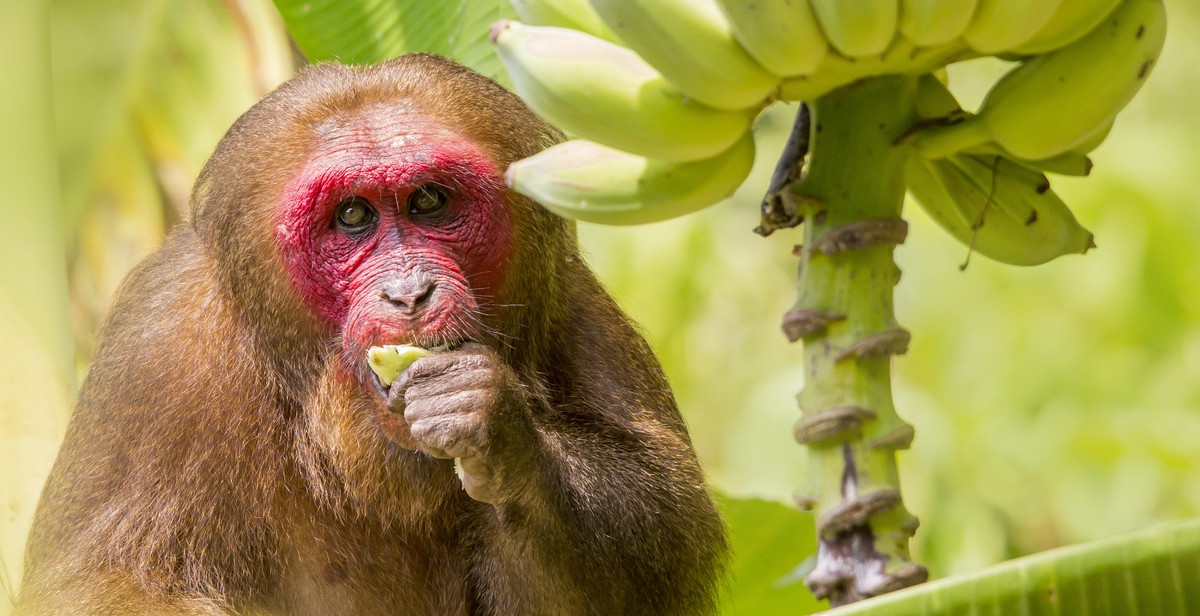
The Importance of Wildlife Monitoring
Wildlife monitoring plays a crucial role in safeguarding endangered species and preserving biodiversity. It involves the collection of data and information about various animal species, their habitats, behaviors, and population dynamics. This data helps researchers, conservationists, and policymakers make informed decisions to protect and manage wildlife effectively.
1. Conservation and Protection:
Wildlife monitoring enables conservationists to track the population size, distribution, and health of endangered species. By closely monitoring these factors, conservation efforts can be tailored to address specific threats and challenges faced by different species. This information is vital for implementing targeted conservation strategies, such as habitat restoration, anti-poaching initiatives, and captive breeding programs.
2. Understanding Animal Behavior:
Observing and monitoring wildlife behavior provides valuable insights into their natural habitats, migration patterns, feeding habits, and reproductive cycles. Such knowledge helps researchers understand the ecological requirements of different species and their interactions with their environment. By studying animal behavior, scientists can identify potential threats and devise effective conservation measures to mitigate them.
3. Assessing Ecosystem Health:
Wildlife monitoring allows scientists to assess the overall health and functioning of ecosystems. Many animal species serve as indicators of ecosystem health, as their presence, absence, or abundance reflects the state of their habitat. By monitoring these species, scientists can detect early warning signs of environmental degradation, pollution, or habitat loss. This information is crucial for implementing timely and effective measures to protect entire ecosystems.
4. Data-driven Decision Making:
Accurate and up-to-date data collected through wildlife monitoring programs provide a solid foundation for evidence-based decision making. Policymakers can use this data to develop and implement conservation policies, establish protected areas, and allocate resources effectively. Additionally, this information can be used to educate the public and raise awareness about the importance of wildlife conservation.
5. Supporting Research and Collaboration:
Wildlife monitoring initiatives foster collaboration among scientists, researchers, and conservation organizations. By sharing data and insights, these stakeholders can work together to address common challenges and develop innovative solutions. This collaborative approach enhances the effectiveness of conservation efforts and enables the scientific community to build a more comprehensive understanding of wildlife and ecosystems.
6. Early Warning Systems:
Monitoring wildlife populations can act as an early warning system for identifying emerging threats and diseases. By detecting changes in population size or behavior, scientists can quickly respond to potential epidemics, invasive species, or habitat degradation. Early intervention can significantly increase the chances of successfully mitigating these threats and preventing irreversible damage to wildlife populations.
7. Monitoring the Success of Conservation Efforts:
Regular wildlife monitoring allows conservationists to evaluate the effectiveness of their initiatives. By monitoring population trends and habitat conditions over time, they can assess whether conservation strategies are yielding positive results. This information helps refine and improve conservation approaches, ensuring that resources are directed towards the most impactful and successful initiatives.
In conclusion, wildlife monitoring is of utmost importance for safeguarding endangered species and maintaining the delicate balance of ecosystems. By providing critical data, fostering collaboration, and guiding conservation efforts, wildlife monitoring plays a pivotal role in ensuring the long-term survival of diverse animal species and the preservation of our natural world.
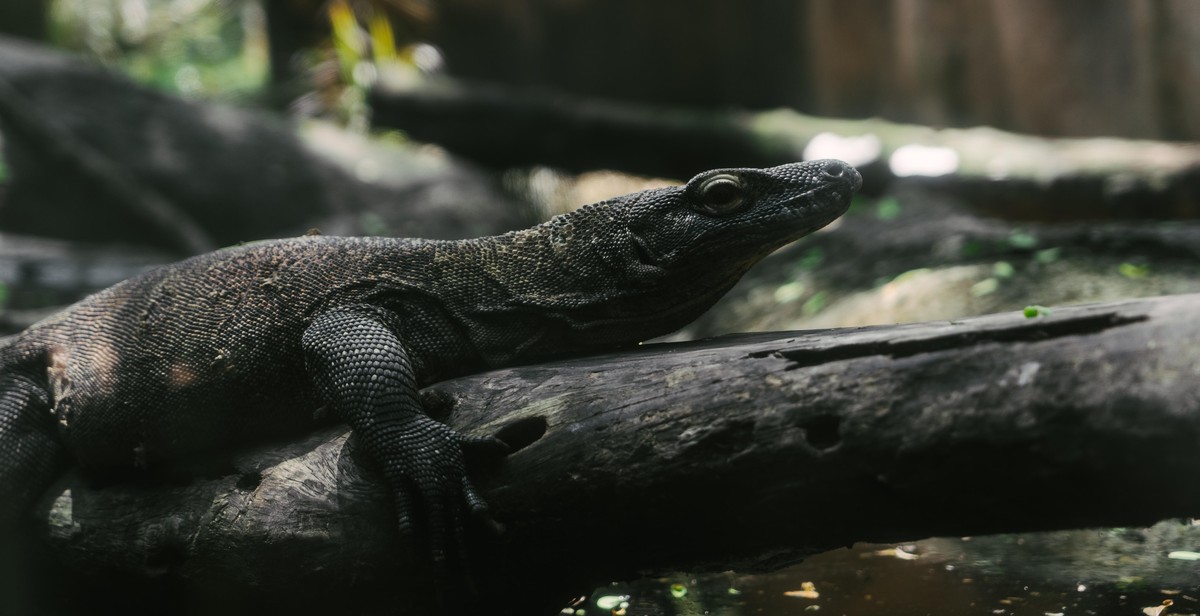
Traditional Wildlife Monitoring Methods
Before the advent of advanced technology, traditional wildlife monitoring methods were primarily employed to study and safeguard endangered species. These methods, although effective to a certain extent, often had limitations and were time-consuming. Let’s explore some of the commonly used traditional wildlife monitoring techniques:
1. Direct Observation
Direct observation involves physically observing and recording the behavior, habitat usage, and population dynamics of wildlife species. Researchers would spend countless hours in the field, using binoculars and telescopes to monitor animals from a distance. This method allowed experts to gather valuable data on species distribution, migration patterns, and social interactions.
2. Camera Traps
Camera traps have been widely used to capture images and videos of wildlife in their natural habitats. These remote cameras are equipped with motion sensors, triggering them to take photos or record videos when an animal passes by. Researchers would then analyze the collected visuals to identify and study different species, their behavior, and population size.
3. Radio Telemetry
Radio telemetry involves attaching small radio transmitters to individual animals to track their movements and activities. Researchers would use specialized receivers to detect and triangulate the signals emitted by the transmitters. This method proved particularly useful for studying elusive and migratory species, providing insights into their habitat preferences, migration routes, and breeding grounds.
4. Field Surveys
Field surveys involved conducting systematic searches for signs of wildlife presence, such as footprints, droppings, nests, and feeding sites. These surveys required extensive knowledge of animal behavior and habitat ecology to accurately interpret the collected data. Researchers would often map out study areas and use GPS devices to document the locations of important findings.
5. Citizen Science
Citizen science programs engaged volunteers and local communities in wildlife monitoring efforts. These programs allowed individuals with an interest in conservation to contribute to data collection by reporting their observations of wildlife sightings and behaviors. By involving the public in monitoring activities, researchers could gather data from a wider geographic area, enhancing the overall understanding of endangered species.
While these traditional wildlife monitoring methods have played a crucial role in understanding and protecting endangered species, they are not without challenges. They often require substantial human resources, time, and funding. Additionally, the data collected through these methods may be limited in scope and may not provide real-time insights. However, with the integration of artificial intelligence (AI) and advanced technologies, wildlife monitoring has entered a new era, revolutionizing conservation efforts.
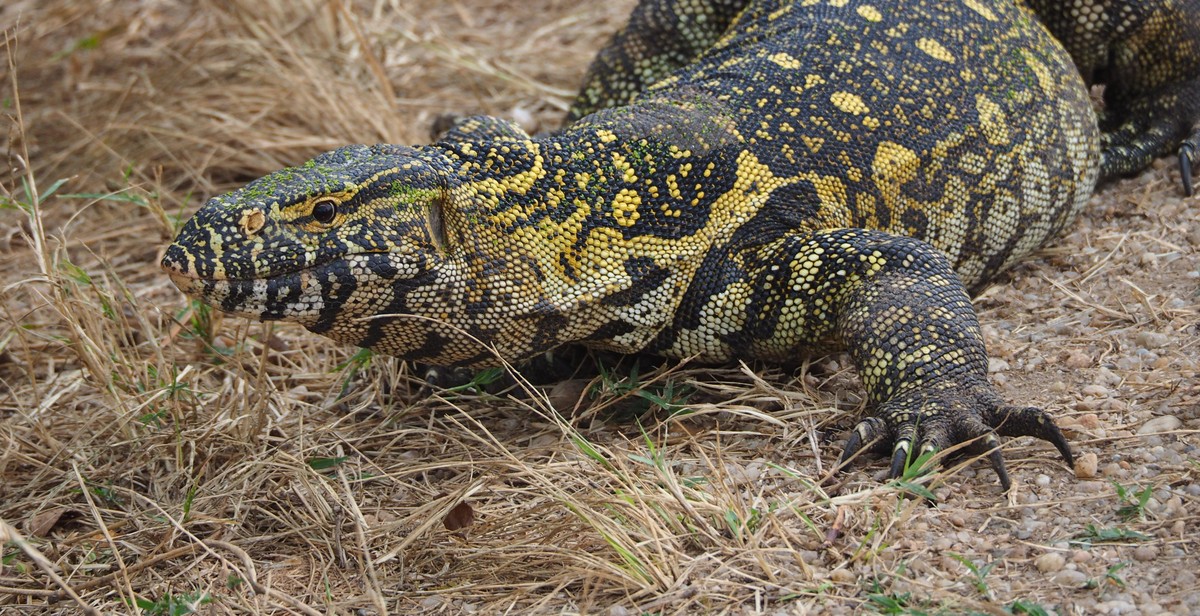
The Role of Artificial Intelligence in Wildlife Monitoring
Artificial Intelligence (AI) has emerged as a powerful technology in various fields, and wildlife monitoring is no exception. By leveraging AI algorithms and machine learning techniques, researchers and conservationists can now efficiently safeguard endangered species and their habitats. In this section, we will explore the significant contributions of AI in three key areas of wildlife monitoring: automated species identification, behavioral analysis, and habitat monitoring.
Automated Species Identification
Traditionally, identifying different species in the wild has been a labor-intensive and time-consuming process. However, AI has revolutionized this aspect by enabling automated species identification. Through the use of computer vision and deep learning algorithms, AI systems can analyze images and videos captured by cameras in the field.
These systems can accurately identify various species, including endangered ones, by analyzing their unique physical characteristics and patterns. By automating the identification process, researchers can save valuable time and resources, allowing them to focus on other critical conservation efforts.
Behavioral Analysis
Understanding the behavior of wildlife species is crucial for effective conservation strategies. AI plays a significant role in analyzing and interpreting animal behavior patterns. By analyzing vast amounts of data collected from tracking devices, AI algorithms can identify and classify specific behaviors.
For example, AI can detect abnormal behaviors, such as changes in movement patterns or feeding habits, which might indicate stress or illness in animals. This early detection enables conservationists to intervene promptly and provide necessary care to the affected individuals, thereby preventing potential population declines.
Habitat Monitoring
Monitoring and protecting wildlife habitats is essential for the conservation of endangered species. AI technology can aid in this process by providing accurate and real-time data on habitat conditions. By analyzing satellite imagery and sensor data, AI algorithms can detect changes in vegetation cover, water availability, and other critical environmental factors.
This information allows conservationists to assess the health of habitats and identify potential threats, such as deforestation or habitat fragmentation. With this knowledge, proactive measures can be taken to mitigate these threats and preserve the habitats of endangered species.
Overall, the integration of AI in wildlife monitoring brings numerous benefits to conservation efforts. Automated species identification, behavioral analysis, and habitat monitoring are just a few examples of how AI technology is revolutionizing the field. By leveraging the power of AI, researchers and conservationists can enhance their understanding of wildlife populations, implement timely interventions, and work towards the preservation of endangered species and their ecosystems.
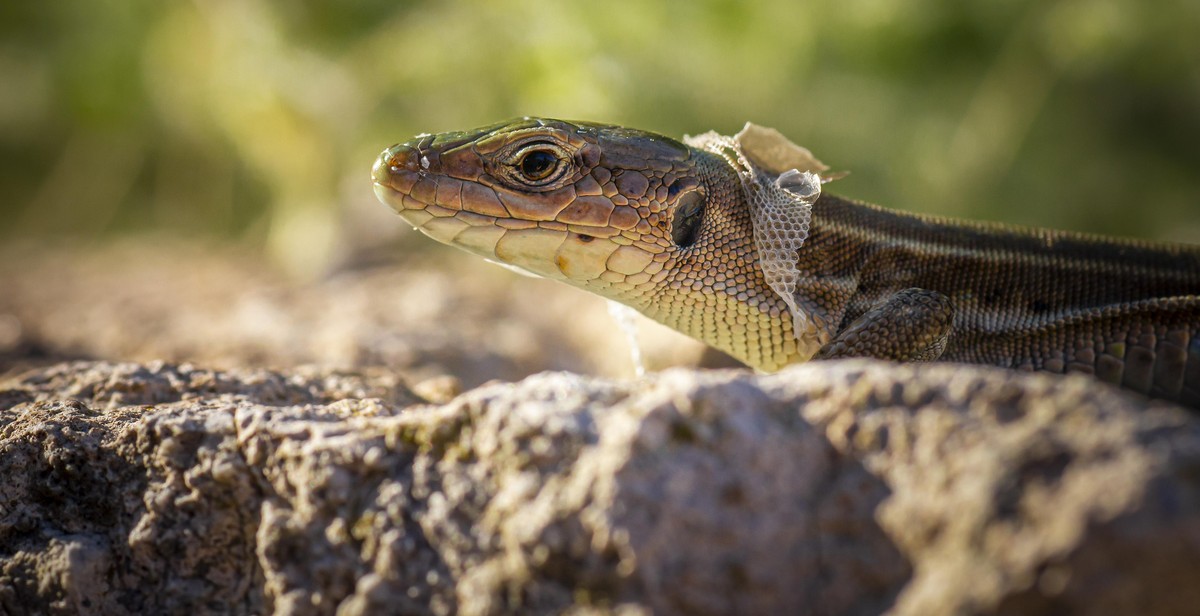
Benefits of AI in Wildlife Monitoring
AI technology has revolutionized the field of wildlife monitoring, offering numerous benefits that were previously unattainable. By harnessing the power of artificial intelligence, researchers and conservationists can safeguard endangered species more effectively than ever before. Here are some key advantages of utilizing AI in wildlife monitoring:
Real-time Data Collection
One of the most significant benefits of AI in wildlife monitoring is its ability to collect and process data in real-time. Traditional monitoring methods often rely on manual data collection, which can be time-consuming and prone to errors. With AI, however, cameras and sensors can be deployed in remote areas to capture images, sounds, and other vital data continuously. This real-time data collection allows researchers to quickly respond to changing environmental conditions and monitor wildlife populations more accurately.
Enhanced Accuracy
AI algorithms are capable of analyzing vast amounts of data with unparalleled accuracy. By training these algorithms on large datasets, researchers can teach AI systems to identify and classify different species, track animal movements, and detect unusual behaviors. This level of precision enables wildlife monitoring programs to identify endangered species, monitor their population dynamics, and detect potential threats or poaching activities more effectively. The enhanced accuracy provided by AI technology enhances conservation efforts and helps protect vulnerable wildlife populations.
Cost-effectiveness
Implementing traditional wildlife monitoring methods can be costly, requiring significant resources for equipment, manpower, and data analysis. AI technology offers a cost-effective alternative by automating many aspects of the monitoring process. With AI-powered cameras and sensors, researchers can collect and process data without the need for constant human supervision. Additionally, AI algorithms can analyze data much faster than humans, reducing the time and effort required for data analysis. This cost-effectiveness makes AI an attractive option for wildlife monitoring, allowing conservation organizations to allocate their resources more efficiently.

Challenges and Limitations of AI in Wildlife Monitoring
While artificial intelligence (AI) has shown great potential in revolutionizing wildlife monitoring and conservation efforts, it is not without its challenges and limitations. This section explores the key obstacles that researchers and conservationists face when implementing AI technology in wildlife monitoring.
Data Quality and Quantity
A crucial challenge in AI-based wildlife monitoring is the availability and quality of data. In order for AI algorithms to effectively analyze and interpret wildlife data, a large quantity of high-quality data is required. However, obtaining such data can be challenging in remote or inaccessible areas where endangered species are often found. Limited data availability can hinder the accuracy and reliability of AI models, leading to potential misinterpretations or false predictions.
Furthermore, the quality of the collected data also plays a significant role in the success of AI applications. Inaccurate or biased data can lead to biased outcomes and flawed predictions. Ensuring data accuracy and reliability is crucial to avoid potential negative consequences for wildlife conservation efforts.
Ethical Considerations
Implementing AI technology in wildlife monitoring raises important ethical considerations. One such concern is the potential invasion of privacy for wildlife species. AI-powered monitoring systems often rely on capturing and analyzing images or videos of animals, which may infringe upon their natural behavior and habitat. Striking a balance between collecting necessary data for conservation purposes and respecting the privacy and welfare of wildlife is a complex challenge that needs careful consideration.
Additionally, there is a risk of unintended consequences when relying solely on AI for decision-making in wildlife conservation. AI algorithms may not fully capture the complexity and nuances of ecological systems, potentially leading to misguided management strategies. Human expertise and judgment are still essential in interpreting AI-generated insights and making informed decisions to protect endangered species.
Technical Limitations
Despite significant advancements in AI technology, there are inherent technical limitations that impact its effectiveness in wildlife monitoring. One major limitation is the reliance on labeled training data. Training AI algorithms requires large amounts of labeled data, which can be time-consuming and expensive to obtain. Limited availability of labeled data for specific wildlife species or behaviors can hinder the development and accuracy of AI models.
Another technical limitation is the susceptibility of AI algorithms to adversarial attacks. Malicious individuals or groups can intentionally manipulate or deceive AI systems, leading to inaccurate results or compromised monitoring efforts. Ensuring the robustness and security of AI-based wildlife monitoring systems is crucial to maintain their reliability and integrity.
In conclusion, while AI technology holds immense potential for enhancing wildlife monitoring and conservation, several challenges and limitations need to be addressed. Overcoming data quality and quantity issues, navigating ethical considerations, and addressing technical limitations are key areas of focus for researchers and conservationists striving to safeguard endangered species using AI.

Case Studies: AI in Action
Protecting African Elephants with AI
African elephants are under constant threat due to poaching for their ivory tusks. To combat this illegal activity, wildlife conservation organizations have turned to AI technology for assistance. By leveraging AI-powered image recognition algorithms, these organizations are able to identify and track elephants in their natural habitats, enabling real-time monitoring and protection.
Equipped with high-resolution cameras and sophisticated AI algorithms, aerial drones are deployed to capture images of elephants from above. The AI algorithms analyze these images, identifying individual elephants based on their unique features, such as ear shape and tusk characteristics. This data is then used to create a comprehensive database of elephant populations, allowing conservationists to monitor their movements, detect potential threats, and take necessary actions to protect them.
Tracking Endangered Sea Turtles using AI
Sea turtles face numerous threats, including habitat destruction, pollution, and illegal hunting. To better understand and protect these endangered species, researchers have turned to AI technology for tracking and monitoring their populations.
Using AI-powered tracking devices, researchers attach small tags to sea turtles, which collect data on their movements and behaviors. These devices utilize machine learning algorithms to analyze the collected data, providing valuable insights into the turtles’ migration patterns, breeding habits, and feeding grounds.
By combining AI-powered tracking with satellite imagery and environmental data, conservationists can identify critical habitats and implement targeted conservation efforts. This technology enables real-time monitoring of sea turtles, helping to mitigate threats and ensure their long-term survival.
AI-powered Anti-poaching Systems
Illegal poaching remains a significant threat to wildlife populations worldwide. To combat this issue, AI-powered anti-poaching systems have been developed to enhance the efficiency and effectiveness of anti-poaching efforts.
These systems utilize a combination of AI algorithms, thermal imaging cameras, and acoustic sensors to detect and track poachers in protected areas. AI algorithms analyze the data collected by these sensors, distinguishing between human activity and natural movements of animals, thus minimizing false alarms.
Once a potential threat is detected, these systems can automatically alert park rangers or law enforcement agencies, enabling rapid response and intervention. The integration of AI technology in anti-poaching efforts has proven to be a game-changer, significantly improving the chances of apprehending poachers and protecting endangered wildlife.
Overall, these case studies highlight the transformative impact of AI technology in wildlife monitoring and conservation. By leveraging AI-powered solutions, we can safeguard endangered species, protect their habitats, and work towards a sustainable future for our planet.

Future Possibilities and Innovations
As technology continues to advance, the future possibilities for AI in wildlife monitoring and safeguarding endangered species are vast. Here are some potential innovations that could revolutionize conservation efforts:
1. Real-time Monitoring and Alert Systems
AI-powered cameras and sensors have the potential to provide real-time monitoring of wildlife habitats. By analyzing data on animal behavior, population dynamics, and environmental factors, AI algorithms can detect patterns and anomalies, allowing for early detection of threats or changes in ecosystem health. This would enable conservationists to take immediate action and prevent potential harm to endangered species.
2. Improved Species Identification
AI algorithms have shown remarkable accuracy in species identification, even in complex and diverse ecosystems. By analyzing images or audio recordings, AI can quickly and accurately identify different species, including those that are rare or elusive. This technology can significantly enhance wildlife surveys and help researchers gather crucial data on population sizes, habitat preferences, and migration patterns.
3. Predictive Analytics for Conservation Planning
AI can analyze large datasets from various sources, including satellite imagery, climate models, and historical data, to predict future trends and identify potential conservation hotspots. By understanding how climate change and other factors may impact ecosystems, conservationists can develop targeted strategies to protect vulnerable species and their habitats.
4. Integration with Drones and Robotics
Combining AI with drones and robotics enables remote monitoring of inaccessible or dangerous areas, such as dense forests or remote islands. Drones equipped with AI algorithms can survey vast areas quickly, collect high-resolution imagery, and monitor wildlife populations without disturbing their natural behavior. This technology can greatly expand the scope and efficiency of wildlife monitoring efforts.
5. Collaborative Data Sharing and Global Networks
AI technology can facilitate the sharing of data and knowledge among researchers, conservation organizations, and governments worldwide. By creating global networks and utilizing AI-powered platforms, stakeholders can collaborate more effectively, exchange information, and learn from each other’s experiences. This collective effort can lead to more comprehensive conservation strategies and better protection for endangered species across the globe.
In conclusion, AI offers tremendous potential for wildlife monitoring and safeguarding endangered species. With ongoing advancements and innovations, AI technology can revolutionize conservation efforts, providing real-time monitoring, accurate species identification, predictive analytics, integration with drones and robotics, and global collaboration. By harnessing the power of AI, we can pave the way for a more sustainable future and ensure the survival of our planet’s most precious wildlife.
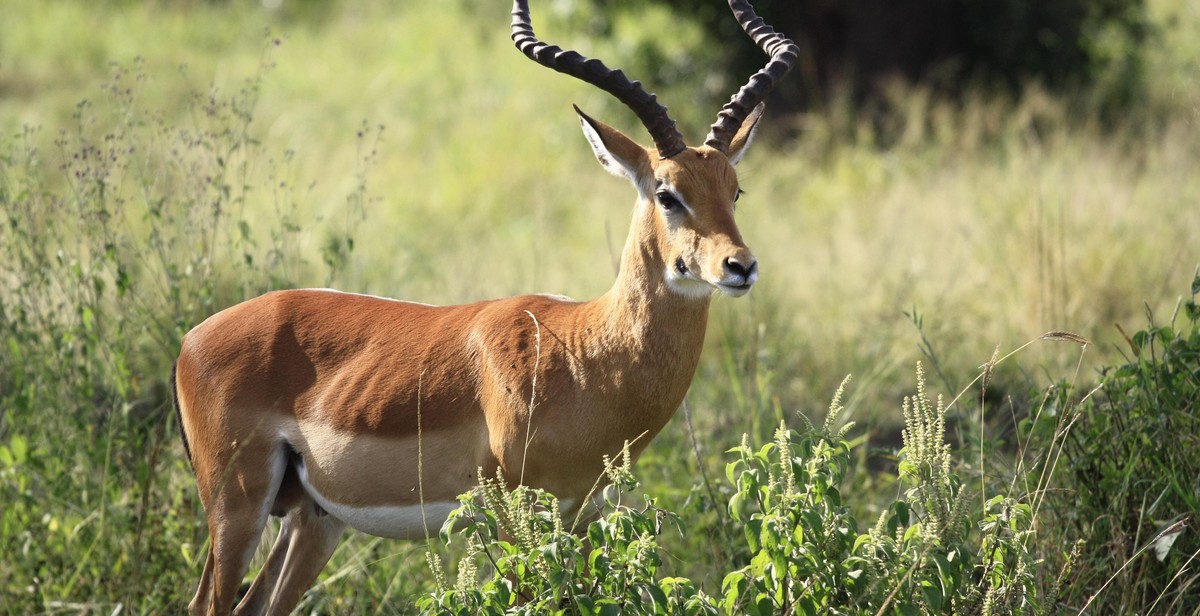
Conclusion
In conclusion, the integration of AI technology in wildlife monitoring has revolutionized conservation efforts, providing valuable insights into the behavior and patterns of endangered species. By leveraging advanced algorithms and machine learning capabilities, researchers and conservationists can now effectively safeguard these vulnerable animals.
The use of AI-powered drones, cameras, and acoustic sensors has greatly enhanced data collection and analysis, allowing for more accurate population estimates, habitat monitoring, and early detection of threats. This data-driven approach enables conservationists to make informed decisions and implement targeted strategies to protect endangered species.
Moreover, AI technology offers real-time monitoring and alerts, reducing response time in critical situations. Conservationists can quickly respond to poaching incidents, habitat destruction, or natural disasters, minimizing the impact on wildlife populations.
Furthermore, the use of AI in wildlife monitoring promotes collaboration and knowledge sharing among researchers and organizations worldwide. By centralizing data and using standardized methodologies, conservation efforts can be more efficient and effective, leading to better outcomes for endangered species.
However, it is important to note that AI technology should not replace human involvement in conservation efforts. It should be seen as a powerful tool that complements the skills and expertise of conservationists. The human element, including local communities and indigenous knowledge, remains crucial in implementing successful conservation strategies.
In conclusion, AI technology has immense potential in safeguarding endangered species, allowing us to better understand their needs and protect their habitats. By embracing these technological advancements and combining them with human dedication and collaboration, we can create a sustainable future for our planet’s most vulnerable wildlife.
